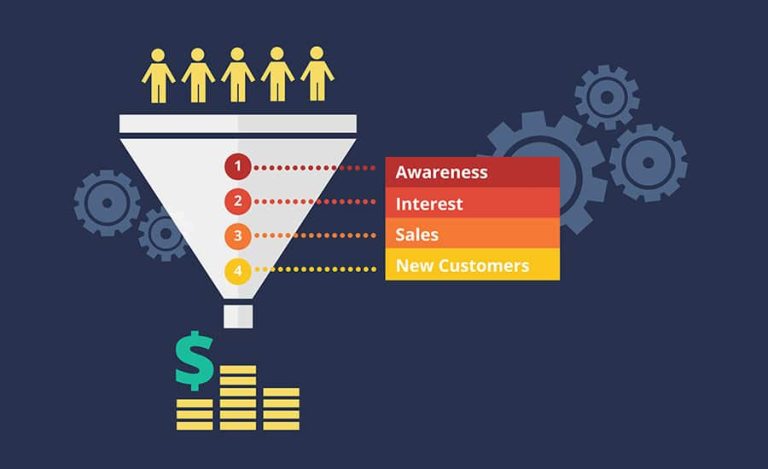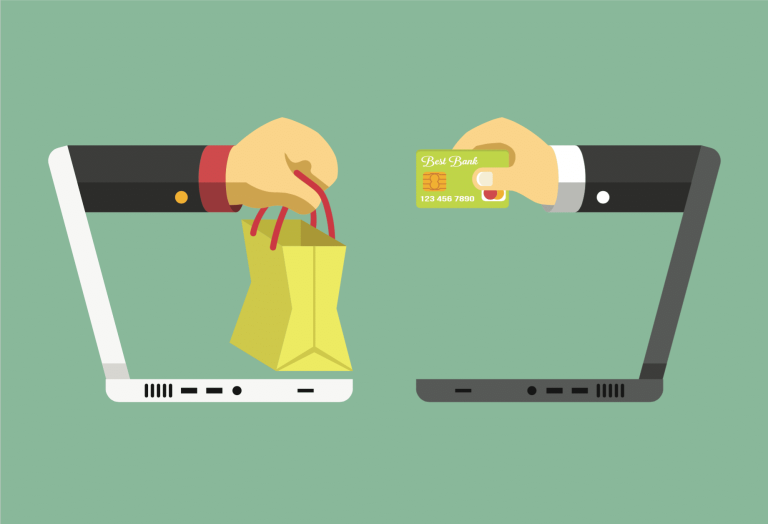We’ve all seen the tragic horror stories on social media, both local and abroad, of businesses facing the wrath of angry consumers. A tirade of negative (and sometimes abusive) comments or reviews, a story gone viral, a seemingly un-recoverable situation now broadcast to all your fans and followers.
This recently happened to a family friend of mine, a small local business who suffered at the hands of an angry customer who had a negative experience in store. In this instance the angry customer was justified and the owner was happy to admit wrongdoing, but the social media rant went viral and a virtual army descended on her Facebook page.
In the space of two days there was over 500 negative 1-star reviews on their page, and everything they posted was just constantly being attacked. My friend ran to me for advice and support, not knowing how to handle the situation.
It’s undeniable that mistakes happen from time-to-time in business. How can we learn if we don’t make mistakes? A negative review may be justified, but is it really fair when one customer’s experience is echoed by several or even hundreds more jumping on the bandwagon and possibly permanently and irrevocably damaging the reputation of a business that may be doing their best to learn and move past the situation?
Today I want to share some tips with you, should your business ever be unfortunate enough to land in hot water.
8 steps to handle the situation:
- Stay calm – first things first, take a deep breath. No good decision is going to come from being in a panicked/worried/angry state, and it’s incredibly important to approach the situation level headed. Breathe, find support, mentally prepare yourself to act.
- Act quickly – don’t delay, jump on the situation quickly. Once you’ve acknowledged the situation decide how you’re going to respond and don’t delay. The longer a situation remains ‘open’ the higher the chances it blows out of proportion.
- Take it offline – if you can, take the conversation offline. Talking in person or over the phone reduces the chance that your responses are misinterpreted, and also gives you the opportunity to resolve the issue faster.
- Be humble – protecting your brand and minimising any long-term damage is the priority here, if that means you need to wear your humble hat for a little while – do it. There’s no room for your own ego when a horde of angry people are standing in front of your shop with lit torches.
- Acknowledge the issue – people tend to use social media to voice their grievances because they don’t want to go unheard. At the least acknowledge their comment so they’re not stewing over their issue and getting more upset that they’ve been unheard.
- Take responsibility – where does the blame lie? We’re not always perfect, and sometimes we do badly… If that’s the case, take ownership of your mistakes and focus on what you can learn from it.
- Make amends – what can you do to make a negative experience a positive one? Even if you feel justified in how you acted, you need to consider your customers perspective and how that’s going to be shared by the wider public. Do what you need to in order to remove the negative sentiment.
- Plan a positive campaign – if damage has been done to your brand, you need to repair it. Plan a positive campaign to correct the brand perception, but don’t be too obvious. Start by reviewing your brand values, mission, and culture then trickle that down into your service and your product. Be seen to be righting a wrong, not back-pedalling.
If things get heated:
- Don’t fight fire with fire – Never ever attack a customer, especially in public. Don’t make threats, don’t blame them for their own negative experience, don’t use a negative tone when replying. Acknowledge the fired-up emotions present on both sides, and respond calmly and politely.
- Document the conversation – take screenshots of the conversation as it develops, this will be very handy if the situation escalates to serious levels.
- Enforce your policy – you should have a social media policy, and it should be enforced at a time like this. Don’t delete a comment just because you don’t like it, but do delete and block anyone who is being a troll, vulgar, or abusive.
Coming back from a social media meltdown
Once the waters have calmed, you’ve resolved the issue, and the angry mob have returned to their homes – it’s time to start planning a way to repair the damage to your brand.
Be careful here, don’t be too obvious. You don’t want to be seen as pathetically back-pedalling and it could reignite the negative sentiment. Trying to put a bandaid on this wound isn’t going to help, don’t take shortcuts.
Start by reviewing your brand values, mission, and company culture. This is going to influence every aspect of your business and it’s important that you and your employees are clear on it.
Review every part of your business with the refreshed brand vision, what actions do you need to take? More/better staff training, changes to your products, culture changes, public outreach campaigns, etc.
For example if your restaurant copped backlash for not being family friendly, don’t just start posting photos of children sitting at tables. Instead improve your kid menu and announce it as an initiative to be more family friendly, follow that up with initiatives to attract families back in (like a kids-eat-free night).
Always put yourself in the shoes of your various customers – both the ones who love you, and the ones who (temporarily) don’t. Take on their perspectives when making decisions, constantly ask yourself “if I do this, how will it be perceived? Is that what I want?”
A social media crisis is any business’s worst nightmare, but it doesn’t have to be the end of the world. Use these tips to help you manage the situation, and seek professional assistance to help if need be.




